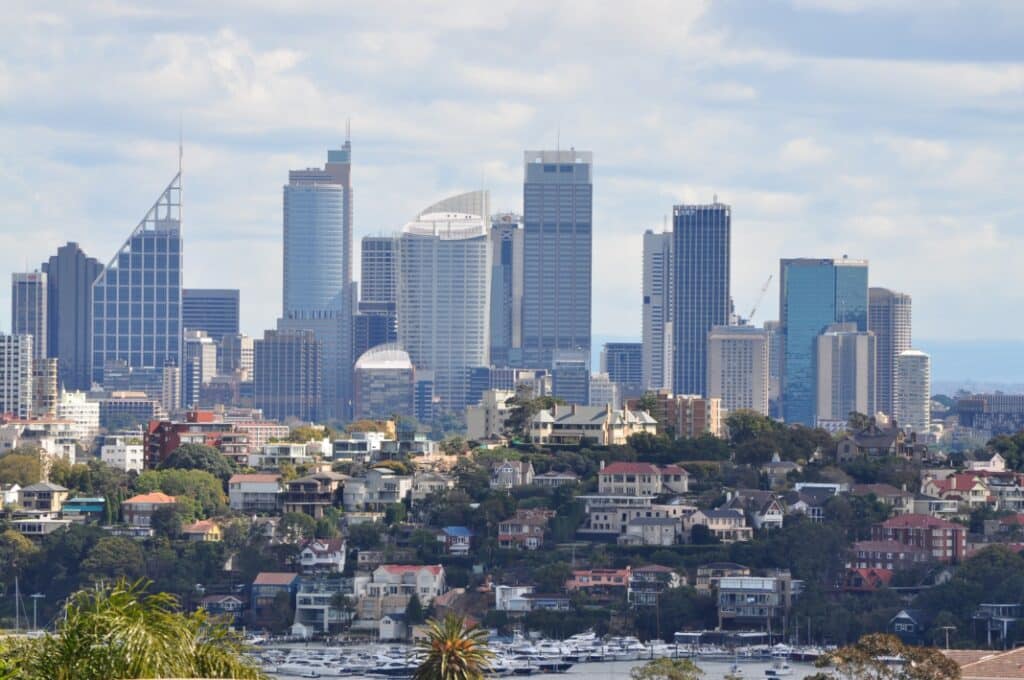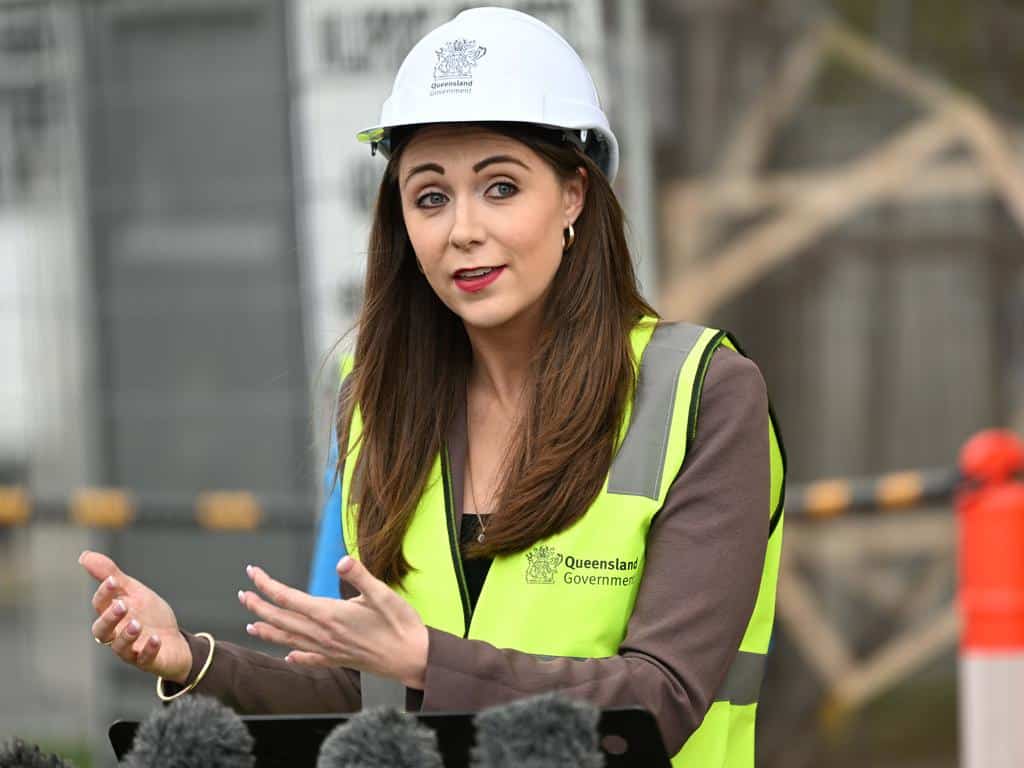New data published by Master Builders Australia show a welcome increase in higher density and public sector home building, but Australia still falls short of national housing targets.
As previously reported by Wood Central, Australia is struggling to keep pace with its commitment to build 1 billion new houses over the next five years.
In the latest report published last week, Master Builder Australia’s chief economist Shane Garrett said there was a 14% increase in new home building starts during the first three months of 2023.
Mr Garrett said higher-density home commencements soared for the first three months to 44.8%.
“56 per cent of the 240,000 new dwellings under construction at the end of March were higher density,” Mr Garrett said.
“The sharp increase in higher density home building and public sector home building is desperately needed during severe rental accommodation shortages.”

New data points to a 20,000 dwelling shortfall in Queensland by 2027
It comes as the Courier Mail reports that Queensland’s housing crisis is set to worsen, with a further 20,000 home shortfall predicted by 2027 unless urgent action is taken.
Master Builders Australia chief executive Denita Wawn has called on the state government to take a multifaceted approach, including incentives for the industry and an overhaul of developer charges, saying, “Unless every box is being ticked, we’re just going to be treading water”.
The warning comes after Housing Minister Meaghan Scanlon was forced to admit the state’s housing crisis was worse than when the Government held its flagship summit on the issue eight months ago.
Ms Scanlon told the Courier Mail that she “strongly supports more density development projects”.
“We need to go up, not just out. We know it’s the best way to get more supply into the market,” she said.
Ms Scanlon also pointed to incentives such as the build-to-rent tax concessions and the Housing Investment Fund – which recently short-listed another 71 proposals from industry – as ways the Government was attempting to fast-track private investment.

Mr Garrett supports the push to incentivise density. “At the end of March, over 4,200 new public sector homes were under construction, close to its highest in 15 years.”
However, he notes that “disappointingly, the number of new detached house starts dropped by 5.5 per cent over the same period.”
According to Mr Garrett, Australia is falling short by 200,000 houses a year, with “the figures showing that around 175,000 new houses were completed across Australia over the year to March 2023.”
Master Builders Australia CEO Denita Wawn said despite positive trends, the task of meeting housing demand over the coming years should remain a priority.
“State and federal governments are commended on their efforts to prioritise social and affordable housing.”
“However, we need to pull out all the stops.”
The new $2b Social Housing Accelerator Fund will help
Last month, the Australian Government announced the creation of a $2b Social Housing Accelerator fund to accelerate the development of social and affordable housing.
Announced by PM Anthony Albanese, the investment will see funding allocated to states and territories per capita.
It’s projected to facilitate the construction of thousands of new social housing dwellings across the country.
To meet future supply, Australia will need enough additional resources for 250,000 additional timber-framed dwellings, according to Acting Australian Forest Products Association CEO Natasa Silkman.
“Through this fund,” Ms Silkman said, “the government can address the social housing supply crisis, make progress against its climate goals, align to their own ‘Buy Australian Plan’ and support Australia’s sovereign capability in production, manufacture and construction sectors simply by using Australian timber.”
“Australia’s forest products sector welcomes this fund at a time when leading indicators for the housing construction industry are showing significant declines.”

Under the model, NSW will receive the lion’s share of $610 million; Victoria will get $496m, Queensland $398m and Western Australia $209m.
South Australians will see $135m of the money, while Tasmania, the Northern Territory and the ACT will take minimum slices of $50m each.
The funds were allocated earlier this month.
Master Builders is pushing for the Housing Australia Future Fund.
Master Builders Australia is also pushing for the new Housing Australia Future Fund legislation to be “passed as quickly as possible.”
The fund is part of the Australian Government’s push to build to invest $10 billion into social and affordable housing projects, which will result in 30,000 new dwellings being constructed.
The bill has not passed Parliament, with the Coalition labelling it “an accounting trick” and the Greens warning that it is “a $10bn gamble on the stock market where the volatile returns are invested in housing”.
However, Australia’s peak building association is “all-in” with the regulation.
“Building enough of the new homes we need is difficult against the backdrop of rising interest rates, high costs and hesitant demand,” Mrs Wawn said,
“Any unfavourable changes to the rules and regulations that apply to home builders magnify these challenges even further.”
“Governments must make it easier, not harder, for our industry to do its job effectively and actively pursue productivity boosting policies.”
“The proposed changes in industrial relations will increase the cost of creating new homes by taking a sledgehammer to productivity and tying the hands of business in red tape,” Ms Wawn said






